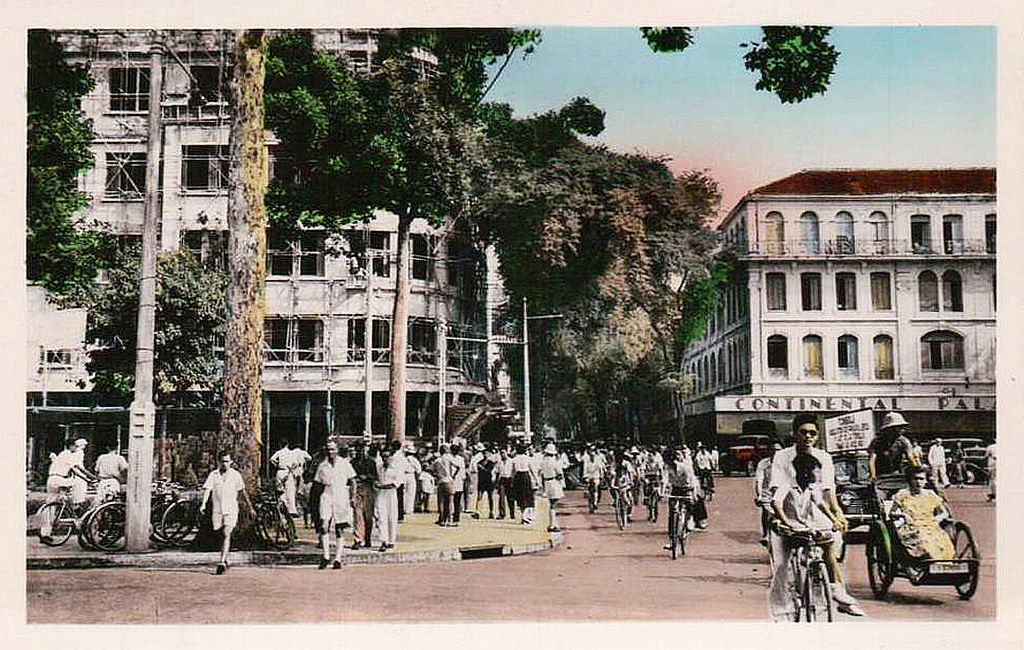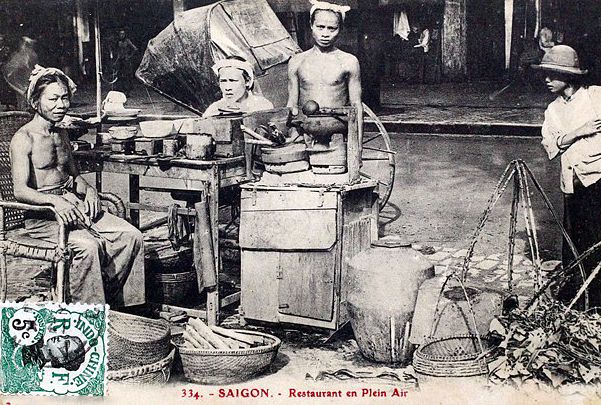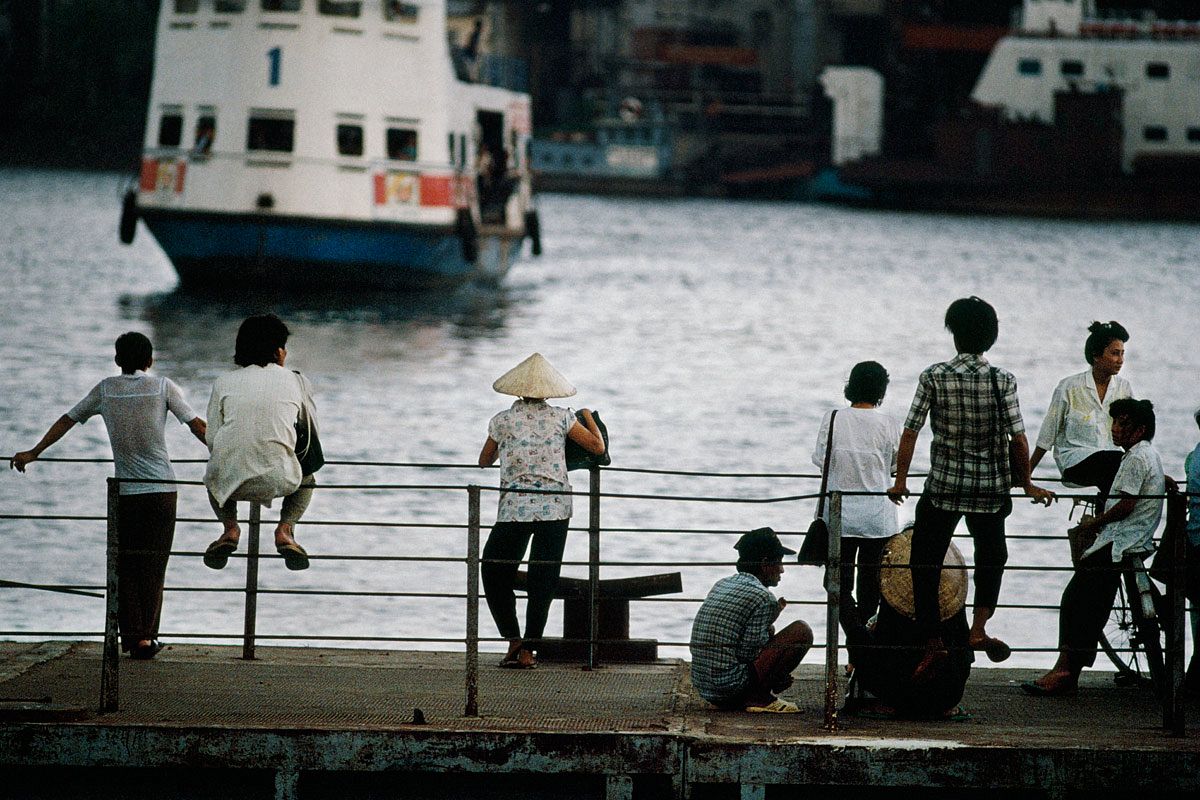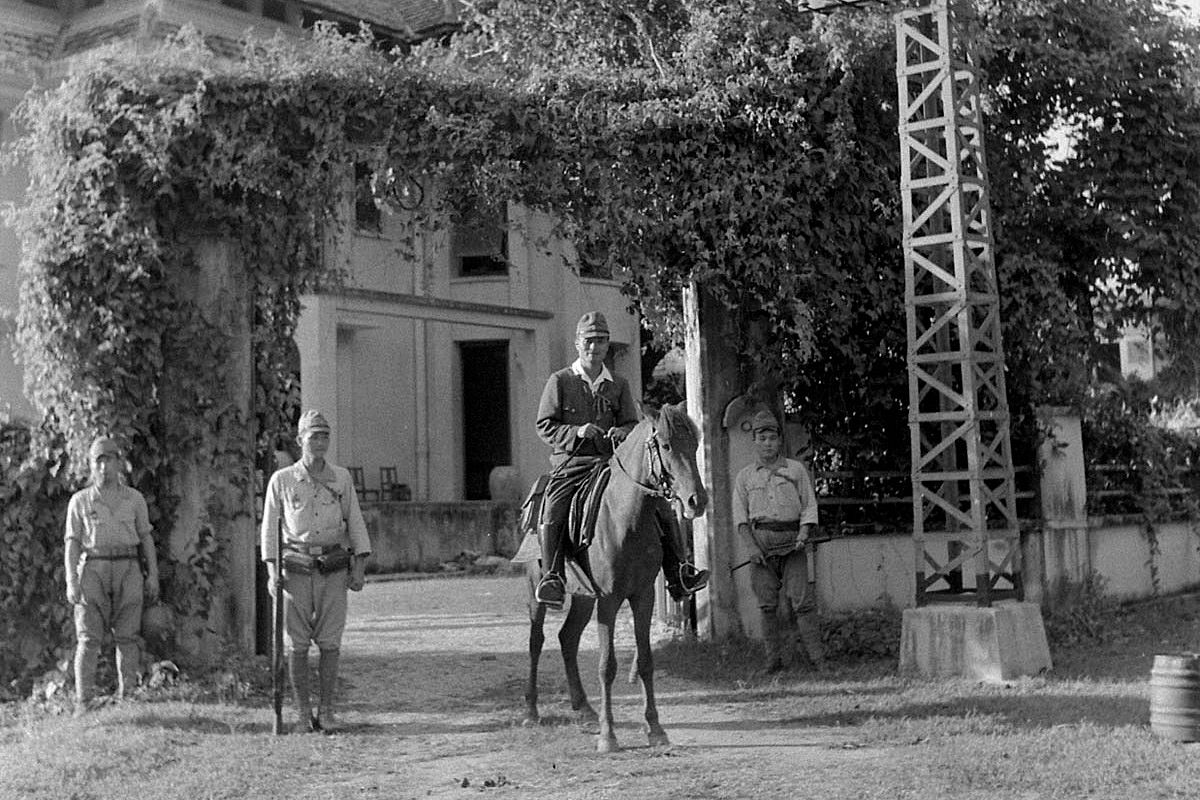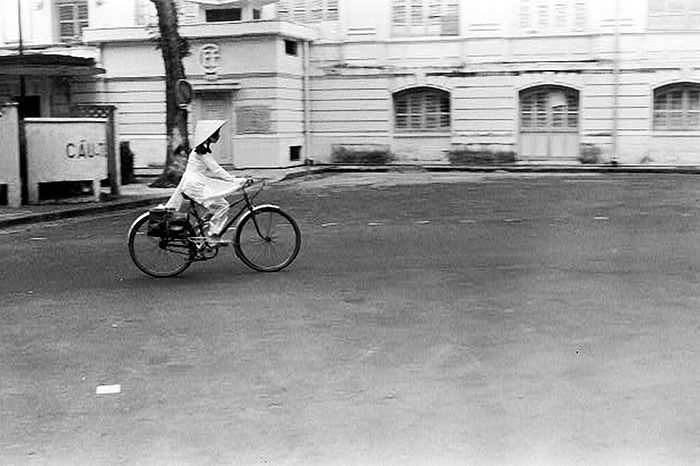Before 1975, Saigon took its street-naming pretty seriously. The city went through a French phase, of course, during the early 20th century, when most of its roadways were dedicated to European historical events or prominent figures. But after the First Indochina War ended in 1954, Saigon was keen to rename its streets to better reflect local history, scrubbing the remnants of French colonialism from its street signs.
While several of old Saigon's street names no longer exist, having made way for more recent historical figures, many of today's roadways still hold their pre-1975 monikers. As VietnamNet explains, taking a trip from the outer districts of the city into downtown Saigon is also a journey through time, as the roads on which we travel reflect the course of Vietnamese history.
From Mien Tay Bus Station, for instance, drivers turn onto Kinh Duong Vuong, a street named after the very first of the Hung kings, before running into Hong Bang, the name by which the Hung king dynasty is now known. Hong Bang later leads into An Duong Vuong, the ruler who overthrew the Hung kings in 257 BC. This street then passes by Ngo Quyen, leader of the first independent Vietnamese kingdom and the original genius behind an ancient military tactic which thwarted the Chinese on multiple occasions.
Beyond Ngo Quyen and An Duong Vuong lies Tran Hung Dao, the celebrated military general who famously defeated a Mongol army on Bach Dang River in 1288 using Ngo Quyen's technique, followed by Pham Ngu Lao, a commander under the Tran dynasty whose name now conjures images of drunken backpackers in star t-shirts and overpriced nón lá.
As you approach the city center, Saigon's street names become more modern. Le Loi, who won independence back from China in 1428, runs into Le Lai, one of the emperor's most respected commanders, before reaching 15th-century scholar Nguyen Trai. Back in the day, several of the Nguyen Lords and their supporters were also part of the downtown area, including Nguyen Hoang (now District 5's Tran Phu) first of the Nguyen Lords, as well as military commander Vo Tanh (now part of Nguyen Trai) and former viceroy of southern Vietnam Le Van Duyet (now Cach Mang Thang 8).
Finally, after a long drive through Vietnamese history, the journey ends on present-day Le Duan, once known as Thong Nhat, or Unification, Street. Before 1975, the large, wide boulevard served as a red carpet leading up to Independence Palace, once the highest point of political power in the city. Running in front of the main entrance, today's Nam Ky Khoi Nghia was once Cong Ly, or Justice, a one-way street.



